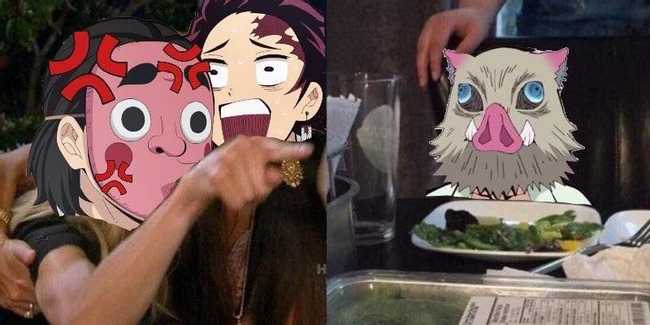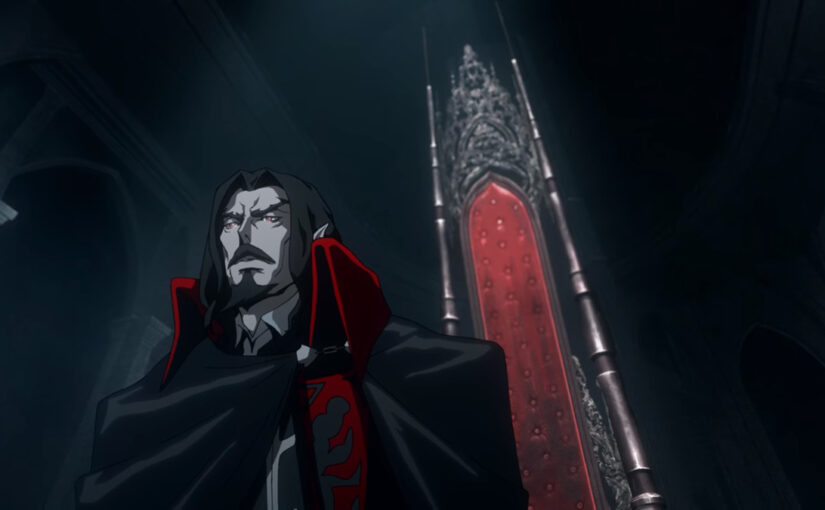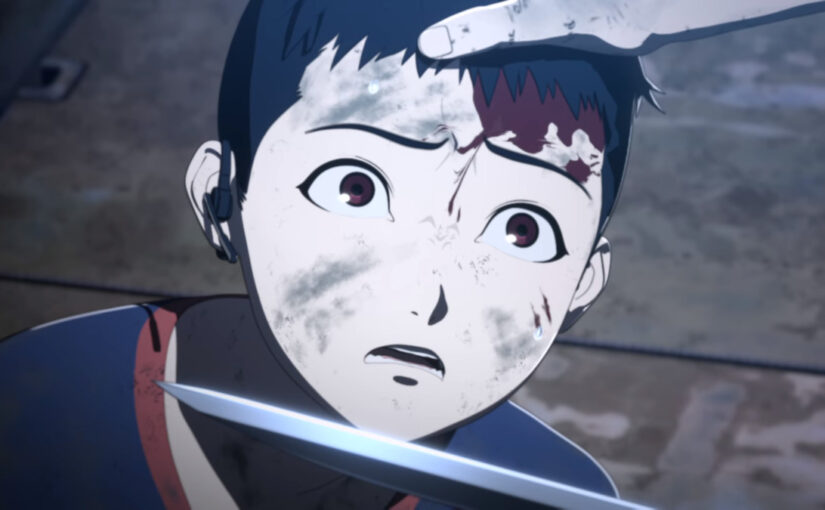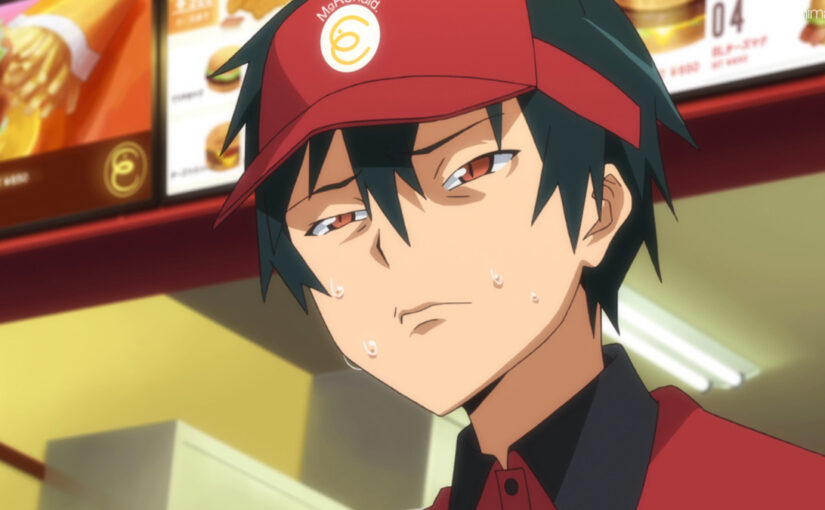The artwork in Tillie Walden’s graphic novel Are you Listening is breathtakingly beautiful. The story accomplishes a lot for the short duration of the book. The story follows two young lesbians on their journey through the countryside as they encounter weird landscapes and an interesting cat.
Month: August 2021
Demon Slayer: Manga Finish
What a journey the manga of demon slayer has been. I first picked up the manga after watching the first season of the anime and being blown away by the animation. The manga is no different, the artwork is beautiful, and there is the same humor throughout the manga as in the anime — no shocks there.
Volume 23 gave us a conclusion to the Demon Slayer story. Which, I am glad that this story does in fact have an ending and doesn’t continue in a perpetual cycle. The ending gives us catharsis for a story as a whole. I have mixed feelings about the ending where it shows us what the ancestors of the characters’ lives are like. This gave me flashbacks to the ending of The Promised Neverland Season 2’s ending. Personally, I enjoy a more open-ended ending like in Full Metal Alchemist. But, this ending gives a definitive ending that is closed to any additional sequels since all the demons have been killed and show no signs of returning. But, there is enough back story and lore to have a few prequels.
For a shounen anime, the ratio of the plot to fighting is normal. However, nearly 90% of this anime feels like it is fight scenes. Not to say that is bad, but long durations of fighting in the manga are often confusing. Especially when fights are cut mid-chapter and even between manga volumes. The final battle with Muzan took 7 manga volumes! But, it was a satisfying ending overall, and I can’t wait to watch the breathtaking anime version of it done by Ufotable.

Castlevania
Castlevania is a great example of Netflix doing anime right. Some people might split hairs over whether this is actually “anime” or just a cartoon. Despite being inspired by anime, Castlevania is not produced in Japan but instead by an American studio. Additionally, rather than being based on a mang, Castlevania was based on a Japanese video game also called Castlevania. Regardless, the animation quality is amazing, and the action scenes are plentiful and very well choreographed. The characters were well developed, and there was just enough humor to lighten the mood when needed. Not much to say on the plot, but it does breathe a breath of fresh air into the vampire genre.
Ajin
Ajin is a thrilling supernatural horror anime to watch, the story was well-paced, action-packed, and very interesting. TLDR: this is a perfect anime to binge-watch.
Although it is a very good anime, I can’t quite place it as an excellent anime. My first gripe with the anime is largely due to the 3D CG that was used throughout the show. The characters appeared odd at first, however, I got used to it by the end of the first season. Frame by frame, everything looks ok, but the movement often felt offputting– which in a weird way added to the horror/dark component of the anime.
Second, the anime was thrilling to watch and it had enough plot depth to make it interesting, but it didn’t really have a deeper meaning. Another anime that I would closely relate Ajin to is Death Note. Death Note constantly tore into a philosophical debate surrounding justice and how power changes people. The closest thing that Ajin has to that is that it explores the ways in which people are marginalized if they are different– people with Ajin people being hunted down and researched on. Again, this topic can be really interesting if done right — like in season 4 of Attack on Titan when it introduced moral ambiguity and conflicting ideals between the main characters over the use of the Titan power. The discussion around human rights in Ajin is not deeply explored and becomes a simple black and white issue that only serves to advance the plot for the main villain. By the end of season two, the human rights issue for the Ajins has been resolved in the blink of an eye, leaving season three to be merely about fighting Satou. But, this might be too critical since it is a relatively shorter anime and didn’t have enough time to fully explore any themes/philosophical things deeper.
For a Shounen protagonist, Kei is different since he is… as his sister put it: “a Jerk”. There is some plot development with Kei since he eventually learns to trust and rely on others for support. However, Kei still remains a cold and detached protagonist for the most part. It is not clear whether this is due to his upbringing in a strict family, or if it has to do with his Ajin powers. Other than Kei, the other characters are pretty straightforward for anime. The supporting characters are supporting, and the antagonist is driven by the desire to conquer the world.
The Devil is a Part-timer
This was a refreshing Isekai to watch; rather than going to a fantasy world, fantasy characters came to modern-day Japan. It was really funny and the characters had a great dynamic with one another. There was a fair amount of “fan service” but, it never degraded the anime. The biggest downside of the anime was that it was only 13 episodes and never got a second season. However, after 8 years, there is a rumored second season in production.



